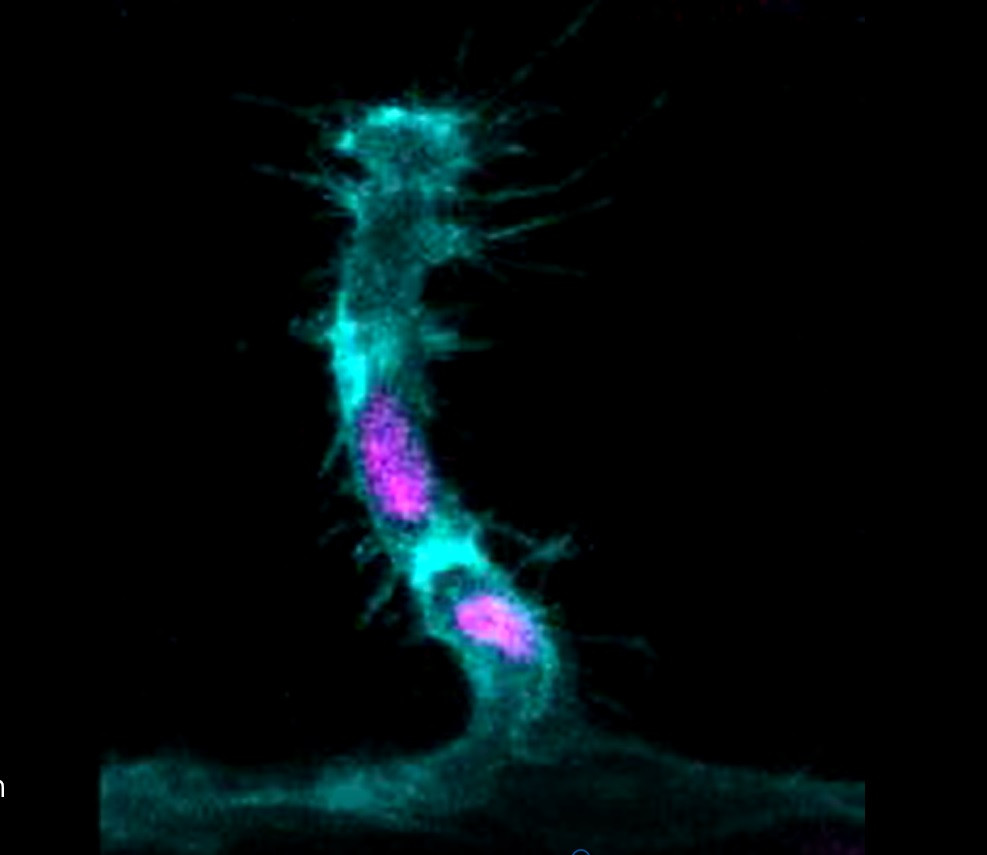Scientists from The University of Manchester have changed our understanding of how cells in living organisms divide, which could revise what students are taught at school.
In a Wellcome funded study published today (01/05/25) in Science – one of the world’s leading scientific journals – the researchers challenge conventional wisdom taught in schools for over 100 years.
Students are currently taught that during cell division, a ‘parent’ cell will become spherical before splitting into two ‘daughter’ cells of equal size and shape.
However, the study reveals that cell rounding is not a universal feature of cell division and is not how it often works in the body.
Dividing cells, they show, often don’t round up into sphere-like shapes. This lack of rounding breaks the symmetry of division to generate two daughter cells that differ from each other in both size and function, known as asymmetric division.
Asymmetric divisions are an important way that the different types of cells in the body are generated, to make different tissues and organs.
Until now, asymmetric cell division has predominantly only been associated with highly specialised cells, known as stem cells.
The scientists found that it is the shape of a parent cell before it even divides that can determine if they will round or not in division and determines how symmetric, or not, its daughter cells are going to be.
Cells which are shorter and wider in shape tend to round up and divide into two cells which are similar to each other. However, cells which are longer and thinner don’t round up and divide asymmetrically, so that one
daughter is different to the other.
The findings could have far reaching implications on our understanding of the role of cell division in disease. For example, in the context of cancer cells, this type of ‘non-round’, asymmetric division could generate different cell behaviours known to promote cancer progression through metastasis.
[…]
Source: Scientists rewrite textbooks on how cells divide

Robin Edgar
Organisational Structures | Technology and Science | Military, IT and Lifestyle consultancy | Social, Broadcast & Cross Media | Flying aircraft

